The first stile I remember seeing was in a rural, oak-tree-darkened part of Texas where there were dead armadillos and acorns on the ground. We were visiting a friend of my moms, and I was a little girl, maybe four or five. The stile was like the stairs up to a trailer house, but went up and down. They were regular stair height, with hand rails, and a landing on top. Probably three or four steps on each side, perfectly symmetrical.
In the back corner of the place I grew up on in Española, there was a stile, in the corner of a barbed-wire fence made with cedar posts (solid posts, not thin things). I never took a picture of it, but I could probably draw it badly and get an artist to make it right. It involved boards nailed between the corner post and the first support, which was about three feet from it. In the corners of barbed wire fences, there are diagonal wires to hold the force of the fence turning a corner. It was a dangerous ladder with strands of barbed wire inside, up and down a fence about four feet high. It was safe in jeans and boots, but not for little girls in dresses and sandals. BUT anyway... it created a curiosity in me about the range of fence-crossings.
Here are some traditional (and some maybe just serviceable) things I've seen here, and I'll add to it.
The first two are the same stile from opposite sides. The churchyard ground was higher than the field below, which had sheep.
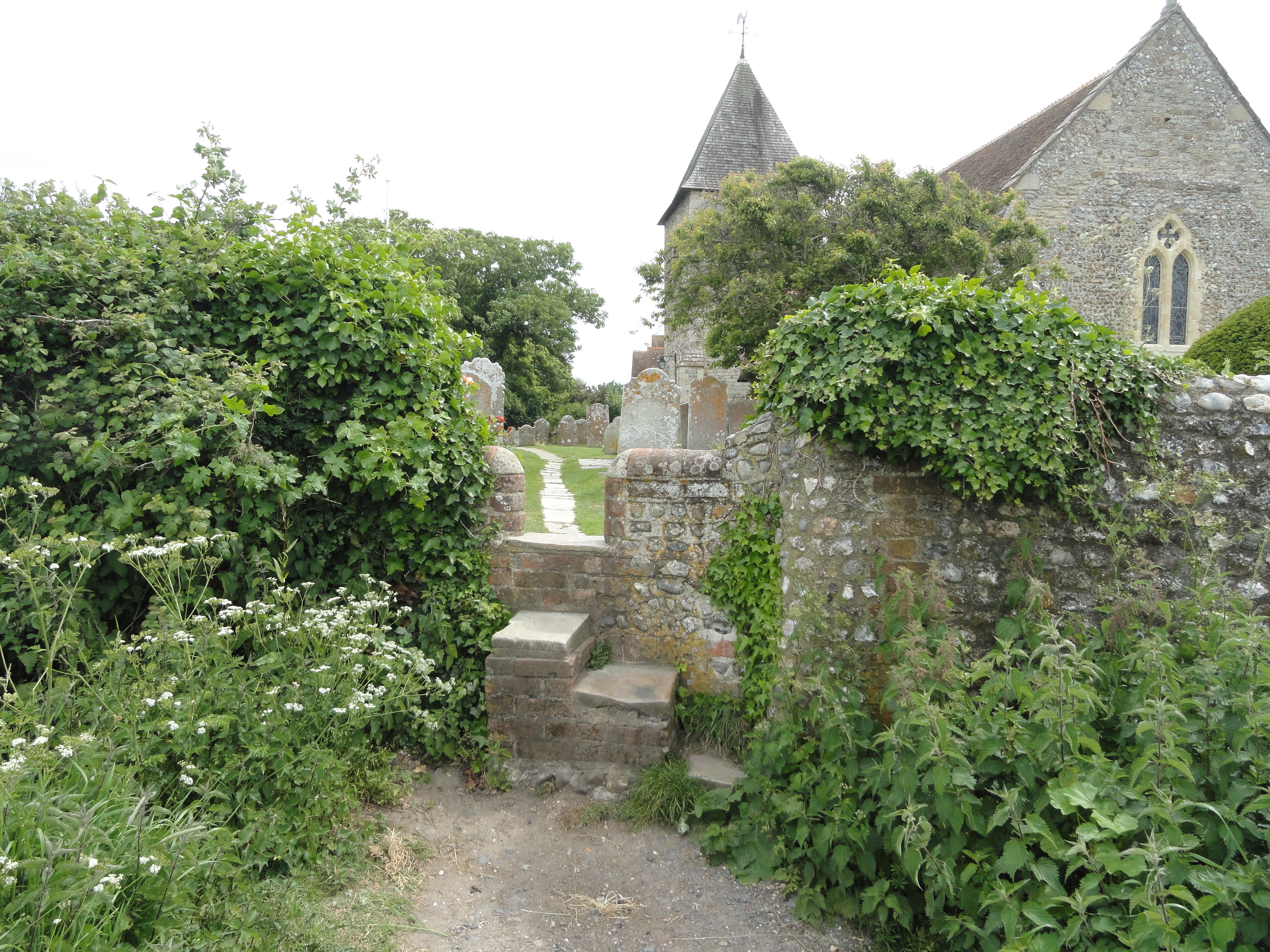

A kissing gate, near Leeds Castle, made of steel. Most are wooden. It's a moveable fence section people can get through but animals can't. They don't involve climbing.
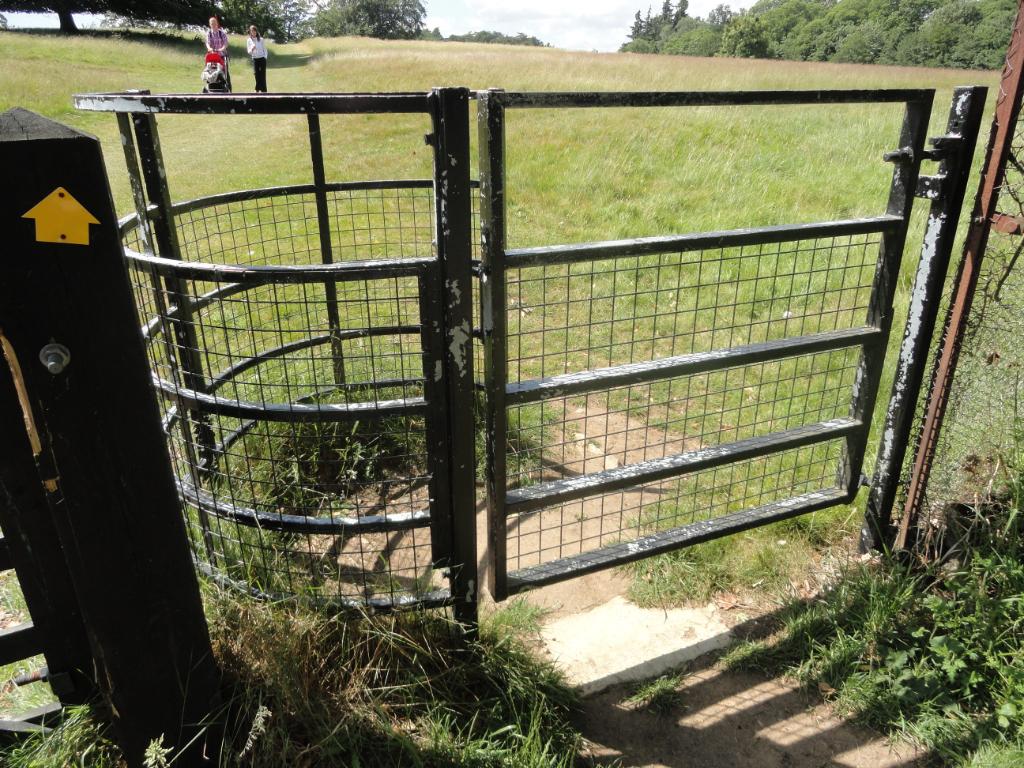
The next four are at Tissington, an estate (not quite a village) in Derbyshire:
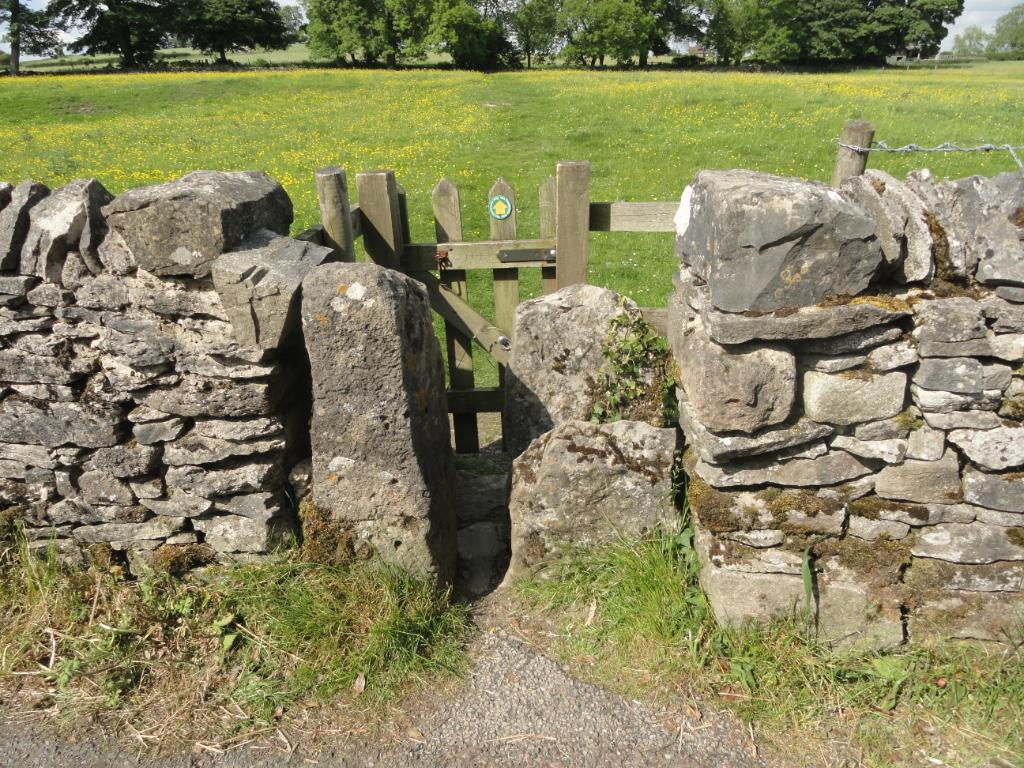
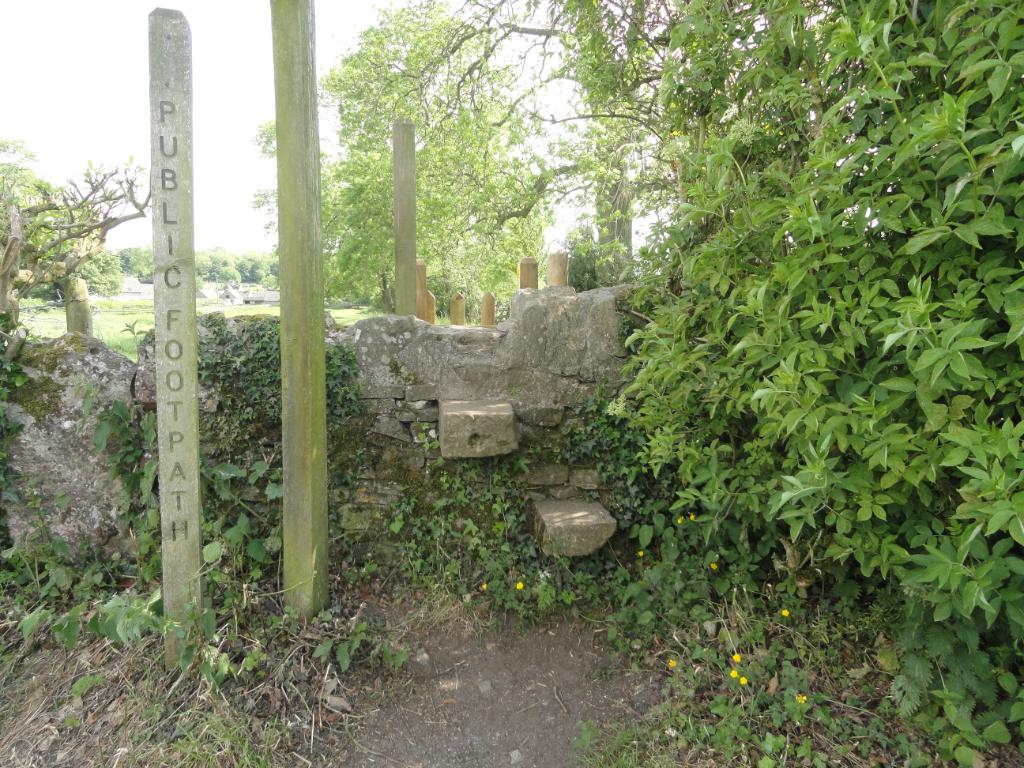
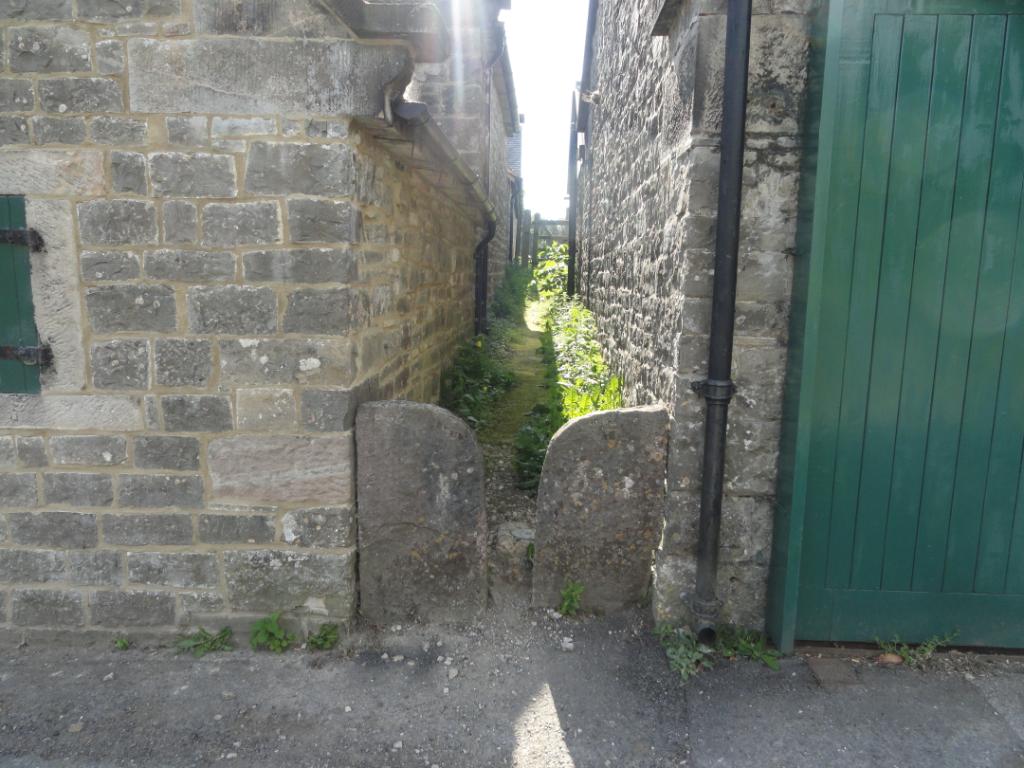
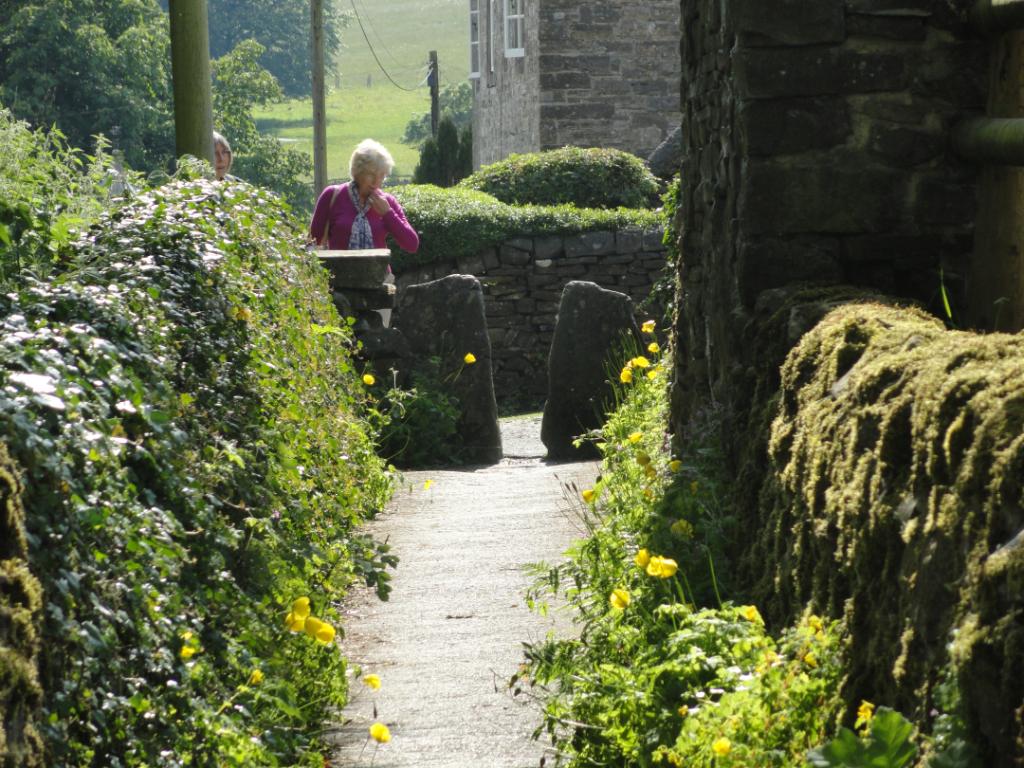
To Be Continued...
No comments:
Post a Comment
Comments are joyously welcome!